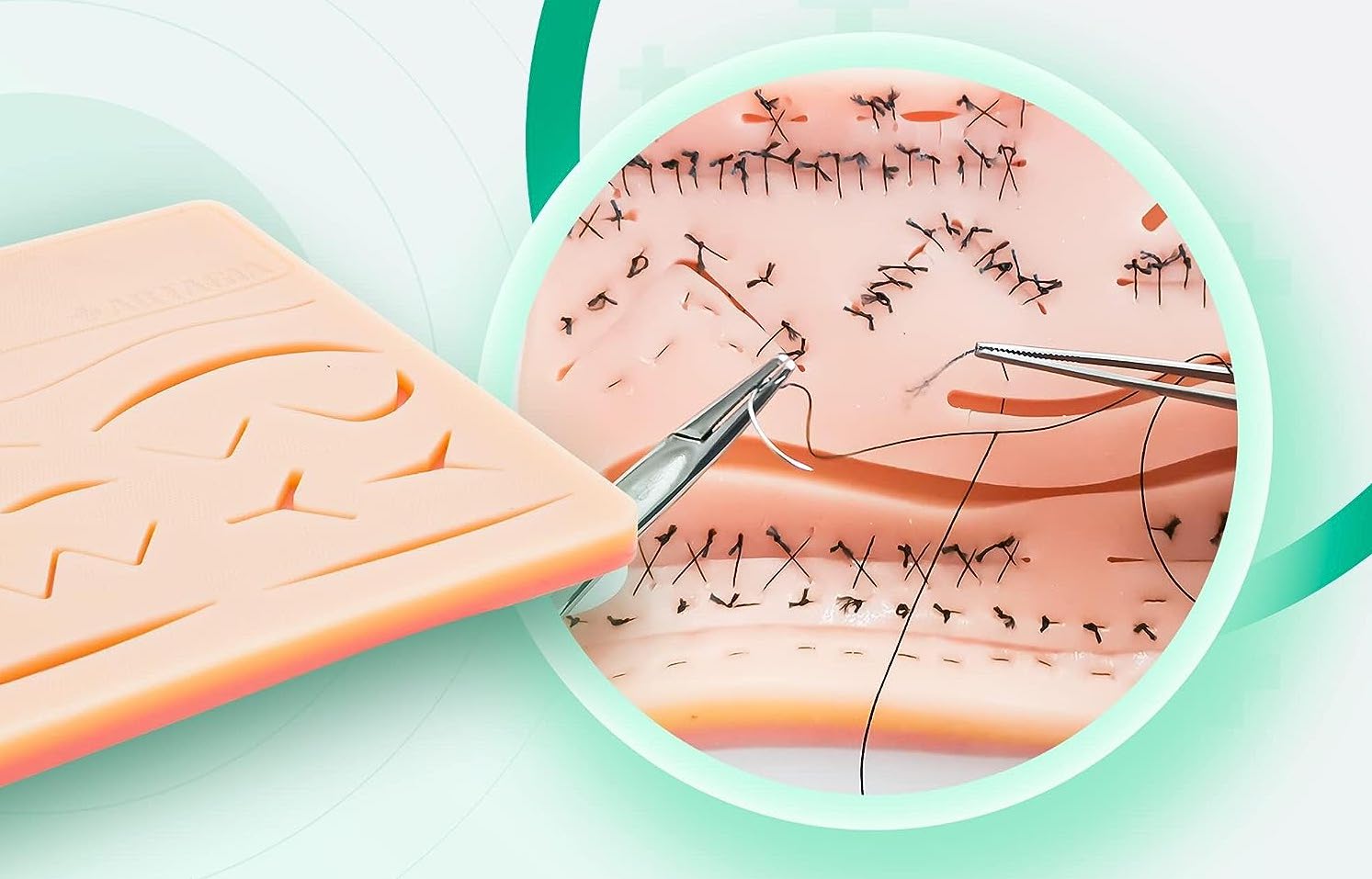Suture Selection Simplified: A Comprehensive Guide to Choosing the Right Sutures
Suturing is a fundamental skill in medicine, used to close wounds and promote proper healing. However, choosing the appropriate sutures can be a daunting task, given the wide array of options available. Each suture material possesses unique properties that cater to specific wound types and patient needs. In this comprehensive guide, we will simplify the process of suture selection, empowering healthcare professionals to make informed decisions that optimize patient outcomes.

Understanding Suture Materials
Sutures come in various materials, each with distinct characteristics. The most commonly used materials include:
a. Absorbable Sutures: These sutures break down naturally in the body over time, eliminating the need for removal. They are ideal for internal tissues and wound sites that are difficult to access for suture removal. Common absorbable sutures include Polyglycolic Acid (PGA), Polylactic Acid (PLA), and Polydioxanone (PDO).
b. Non-Absorbable Sutures: These sutures maintain their tensile strength over an extended period and require removal once the wound has healed. Non-absorbable sutures are suitable for external skin closures and wound sites where long-term support is necessary. Examples include Nylon, Polypropylene, and Silk.
Consider the Tensile Strength
Selecting sutures with appropriate tensile strength is vital to support wound healing. Tensile strength refers to the maximum force a suture can withstand before breaking. For delicate tissues, like those found in the oral cavity, use sutures with lower tensile strength. For deeper tissue layers or areas requiring greater support, opt for sutures with higher tensile strength.
Gauge and Diameter
Sutures are available in various gauges (thickness) and diameters. Thinner sutures result in less tissue trauma, making them suitable for delicate tissues and cosmetic closures. Thicker sutures offer more tensile strength and are better suited for areas with higher mechanical stress, such as joints or lacerations in weight-bearing regions.
Monofilament vs. Multifilament
Sutures can be classified as monofilament or multifilament (braided). Monofilament sutures have a single strand, reducing tissue drag and the risk of infection due to lower bacterial adherence. However, they may be more challenging to handle and tie. Multifilament sutures offer better-handling characteristics but have a higher risk of harboring bacteria. Consider patient factors, wound location, and the risk of infection when choosing between the two.
Allergic Reactions and Tissue Reactivity
Be mindful of patient allergies or adverse reactions to specific suture materials. Some patients may have sensitivities to certain materials, leading to allergic responses or tissue inflammation. Always inquire about known allergies and choose sutures accordingly.
Surgical Area and Purpose
Tailor your suture selection to the anatomical location and the purpose of the closure. For example, facial lacerations may require fine, absorbable sutures to minimize scarring, while deep tissues may benefit from strong, non-absorbable sutures to ensure long-term stability.
Conclusion ![]()
Choosing the right sutures is a crucial step in wound management and can significantly impact patient outcomes. By understanding the properties of different suture materials, considering tensile strength, gauge, and diameter, and evaluating patient-specific factors, healthcare professionals can make well-informed decisions. Regularly updating your knowledge on new suture advancements and seeking guidance from experienced colleagues will further enhance your suture selection skills. Remember, a well-chosen suture not only aids in wound closure but also contributes to the overall success of the healing process, promoting better patient care and satisfaction.
